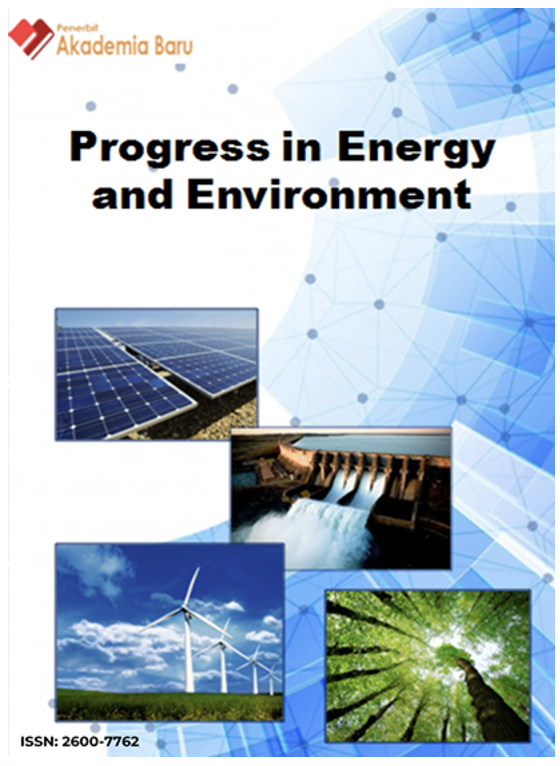Numerical Analysis of Point Absorber for Wave Energy Conversion in Malaysian Seas
Keywords:
Point Absorber, Numerical Analysis, Wave EnergyAbstract
Wave energy conversion by using point absorber has recently gained intensive research in renewable energy. However, a majority of research works only focused on the regions with high wave heights, which may not be readily achievable in Malaysian seas condition. As the technology of point absorber facing the concern on less-applicability in low wave height conditions in Malaysia, a numerical modeling to understand the maximum potential power output to be generated by point absorber is now in demand to predict the power capture ability of point absorber in Malaysian waters. In order to complete this research gap, this paper is aiming to determine the sensitivity of different configurations of power take-off system in point absorber and to numerically analyze the potential maximum power output to be generated by the point absorber in Malaysian water, under regular wave motion. The significance of this study leads to a better understanding of the envelope of power output generated by point absorber in Malaysian seas. The methodology is conducted with theoretical modeling of point absorber, developing a numerical model of power take-off system to identify the maximum magnetic flux density of different stator-translator configuration, and simulating the power output of point absorber in time-domain under regular wave condition based on Malaysia seas data. The results show that power output of point absorber can be increased by a double-sided stator. The envelope of maximum power output to be generated has been identified. This research provides a further understanding of the development of point absorber technologies in Malaysian seas condition.
Downloads
Published
How to Cite
Issue
Section
License
Copyright (c) 2017 Progress in Energy and Environment

This work is licensed under a Creative Commons Attribution-NonCommercial 4.0 International License.












